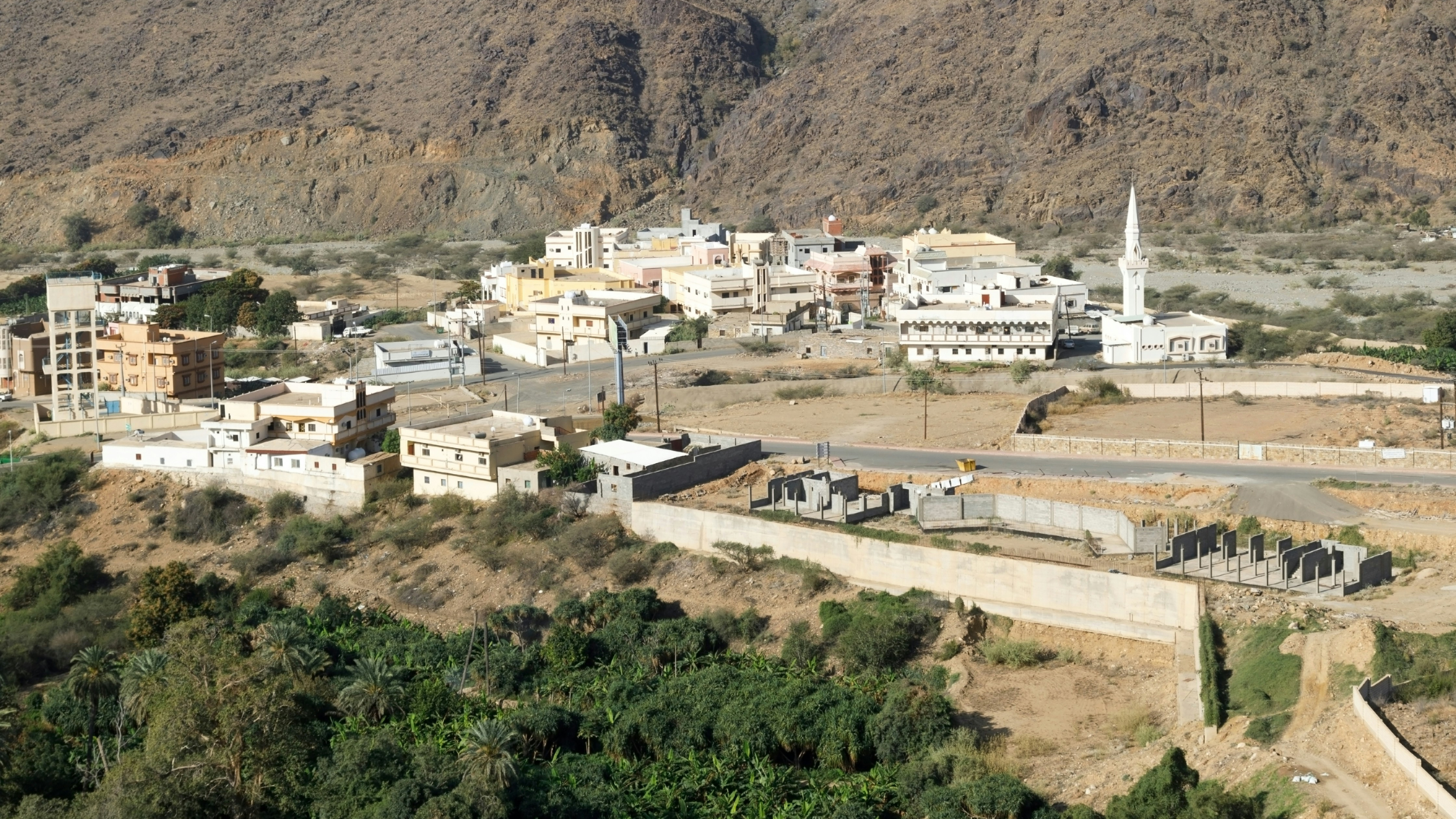NASA's Mars drone could save lives on Earth

Image: An airplane flies over a drone. REUTERS/Carlo Allegri
Inspecting natural gas lines for leaks is a never-ending (and potentially dangerous) job—not for a drone though. To that end, a drone that was originally designed for testing the atmosphere on Mars is being used by NASA to inspect natural gas pipelines.
Methane is not easy to detect. And that’s putting it mildly. It’s a colorless, toxic, and by the time you can detect it (usually by smell), it’s often too late. It’s also devastating to the environment.
Developed by NASA’s Jet Propulsion Laboratory (JPL) in California, the Open Path Laser Spectrometer (OPLS) is able to detect methane in parts per billion by volume, and it is small enough to be installed in a quadcopter.

Currently, the OPLS-equipped drone is undergoing flight tests. The project will also carry out flight tests of fixed-wing drones, which can fly faster and farther than the copter and may be more practical in remote settings.
“These tests mark the latest chapter in the development of what we believe will eventually be a universal methane monitoring system for detecting fugitive natural-gas emissions and contributing to studies of climate change,” says Lance Christensen, OPLS principal investigator at JPL.
Don't miss any update on this topic
Create a free account and access your personalized content collection with our latest publications and analyses.
License and Republishing
World Economic Forum articles may be republished in accordance with the Creative Commons Attribution-NonCommercial-NoDerivatives 4.0 International Public License, and in accordance with our Terms of Use.
The views expressed in this article are those of the author alone and not the World Economic Forum.
Stay up to date:
Space
Forum Stories newsletter
Bringing you weekly curated insights and analysis on the global issues that matter.
More on InnovationSee all
Awais Ahmed and Srishti Bajpai
November 11, 2025







